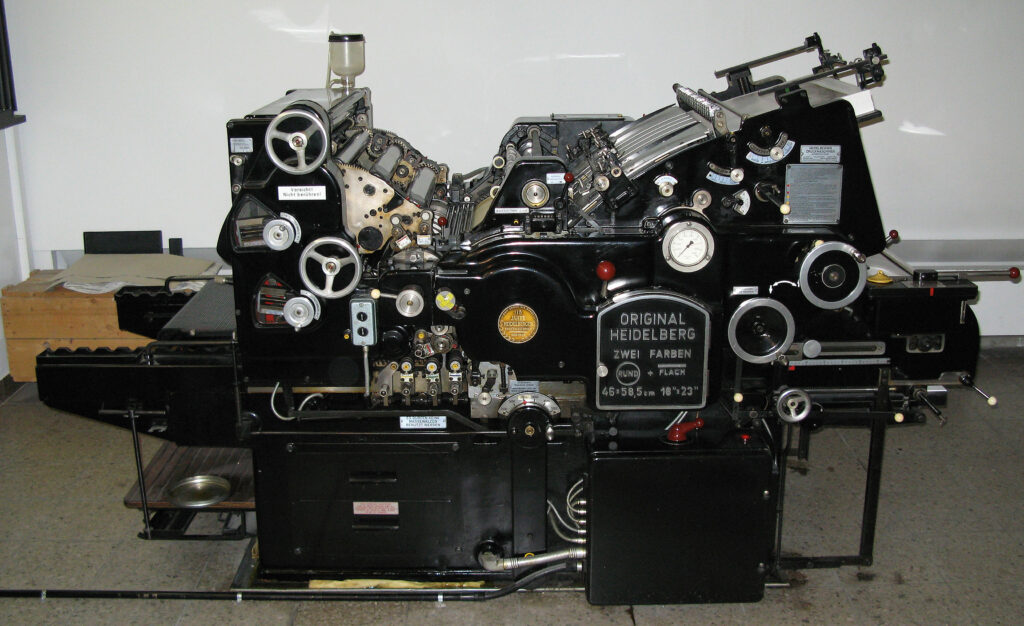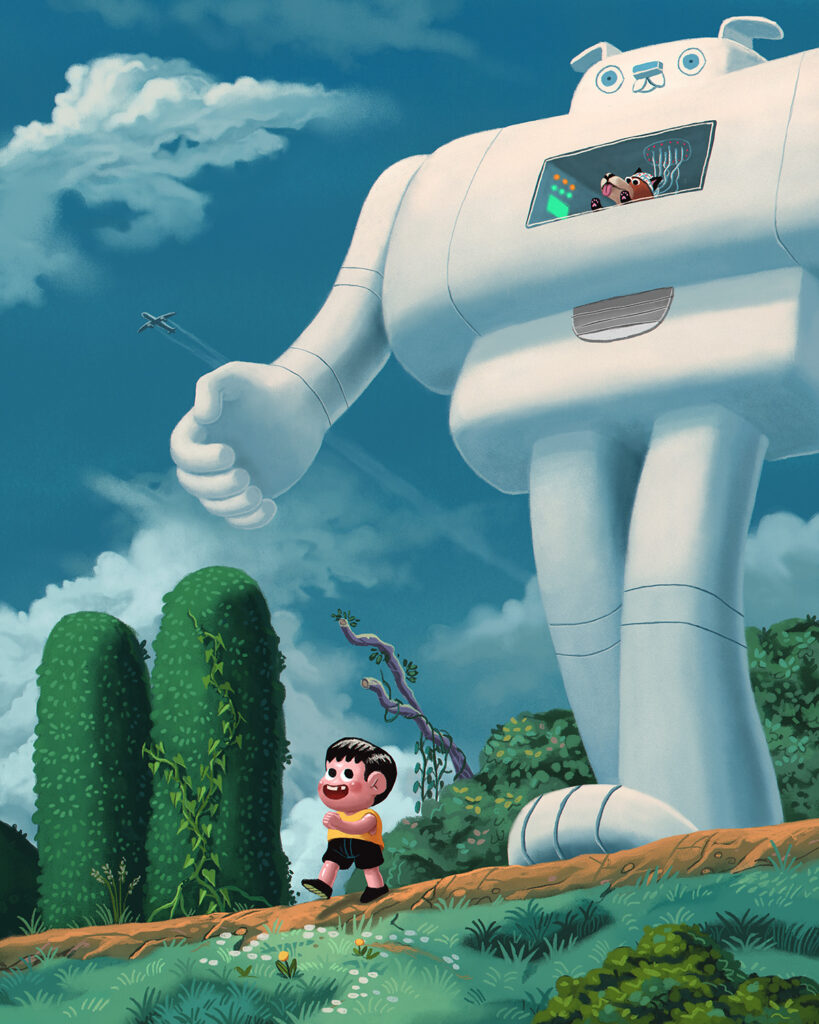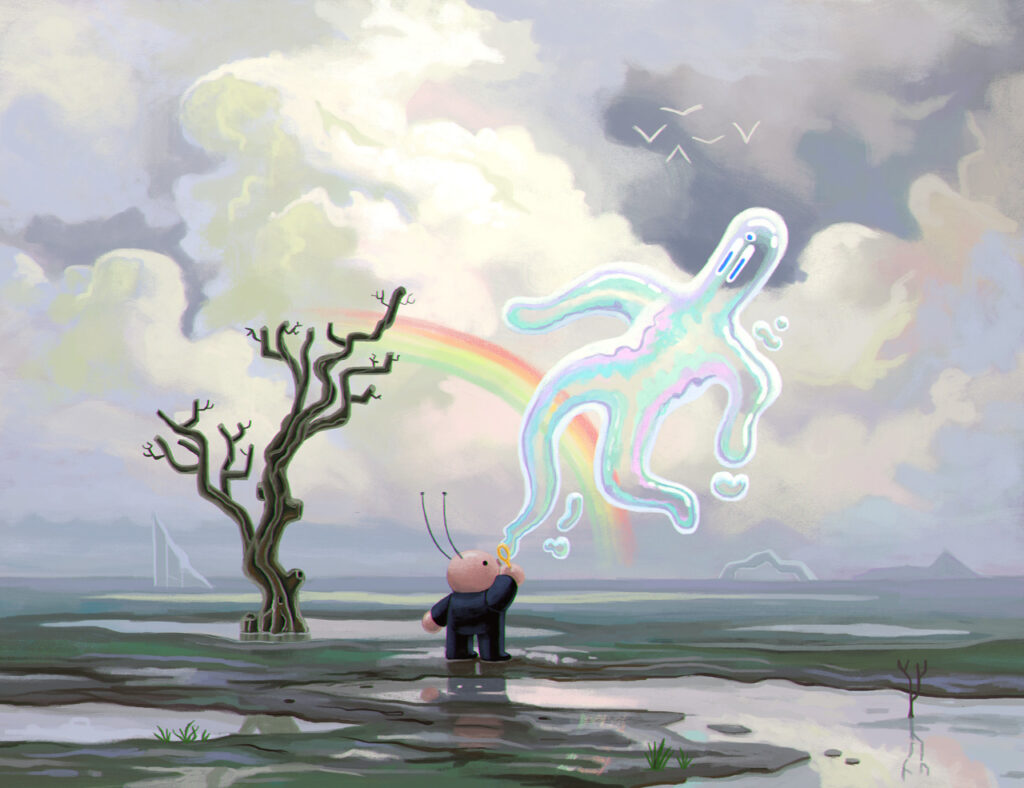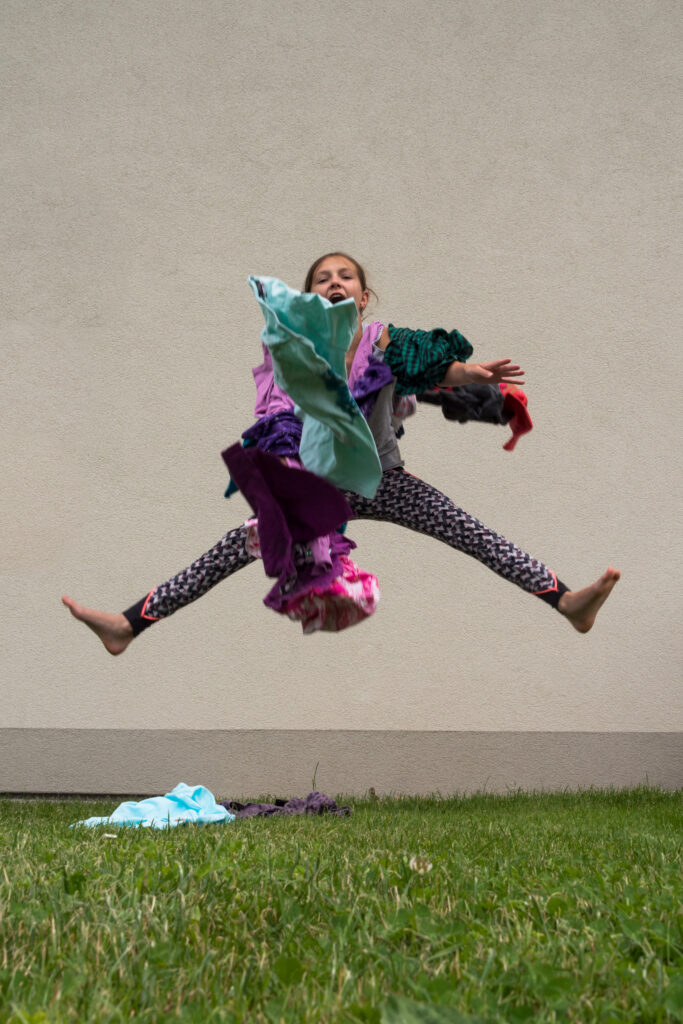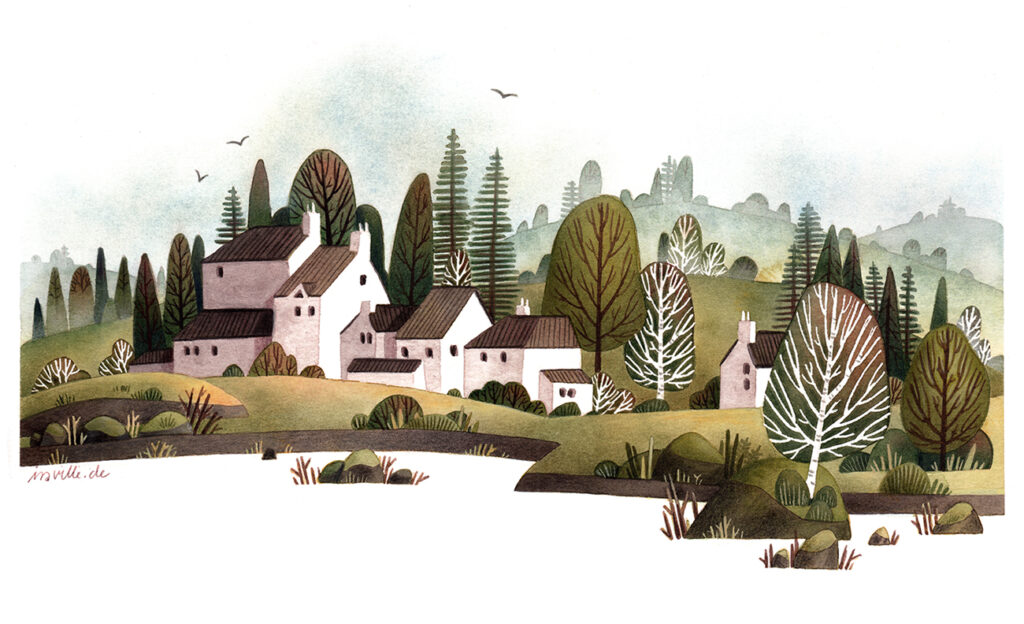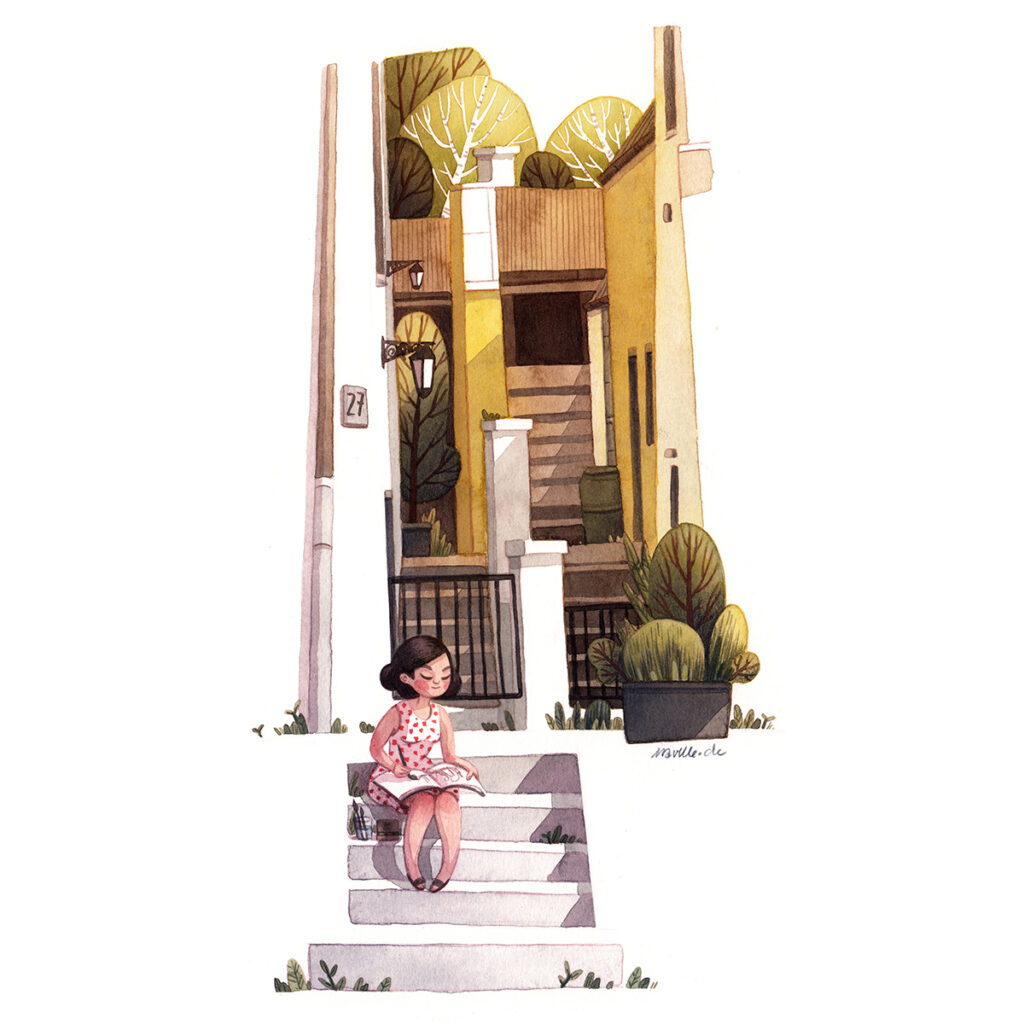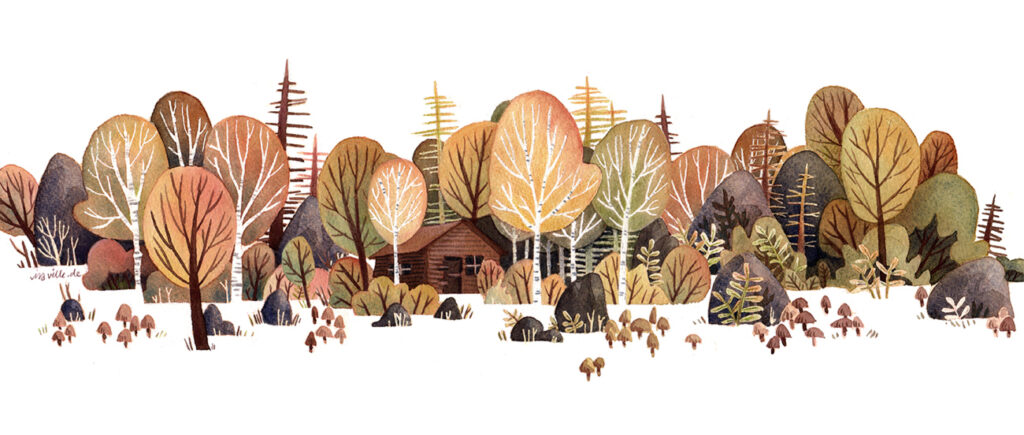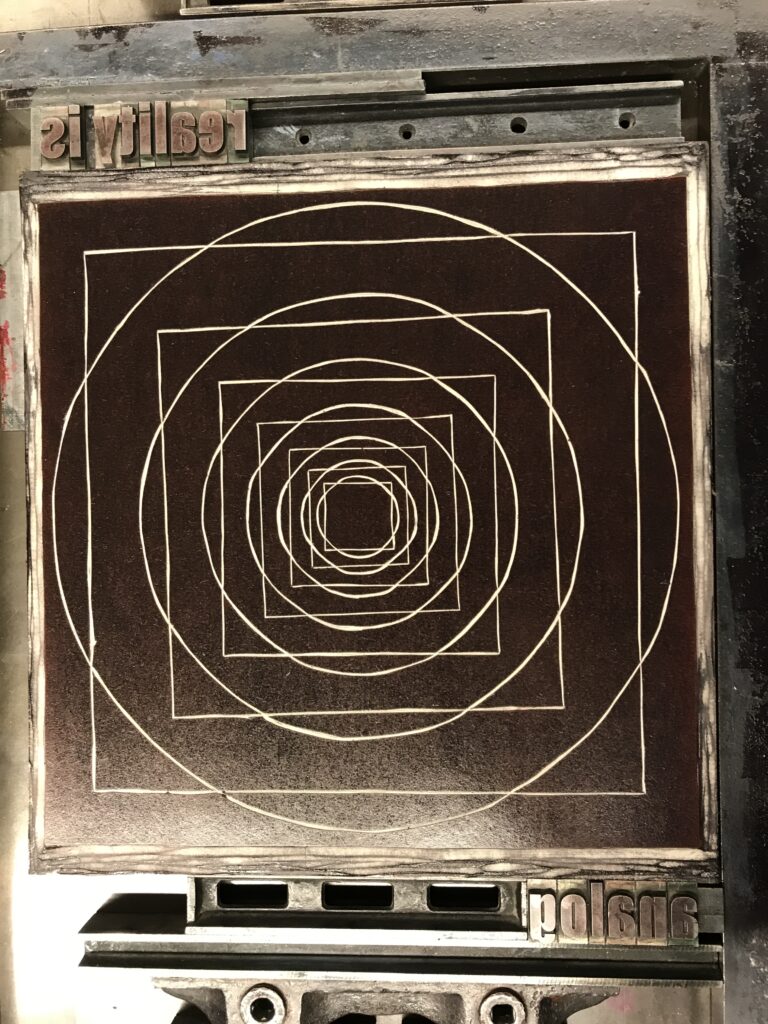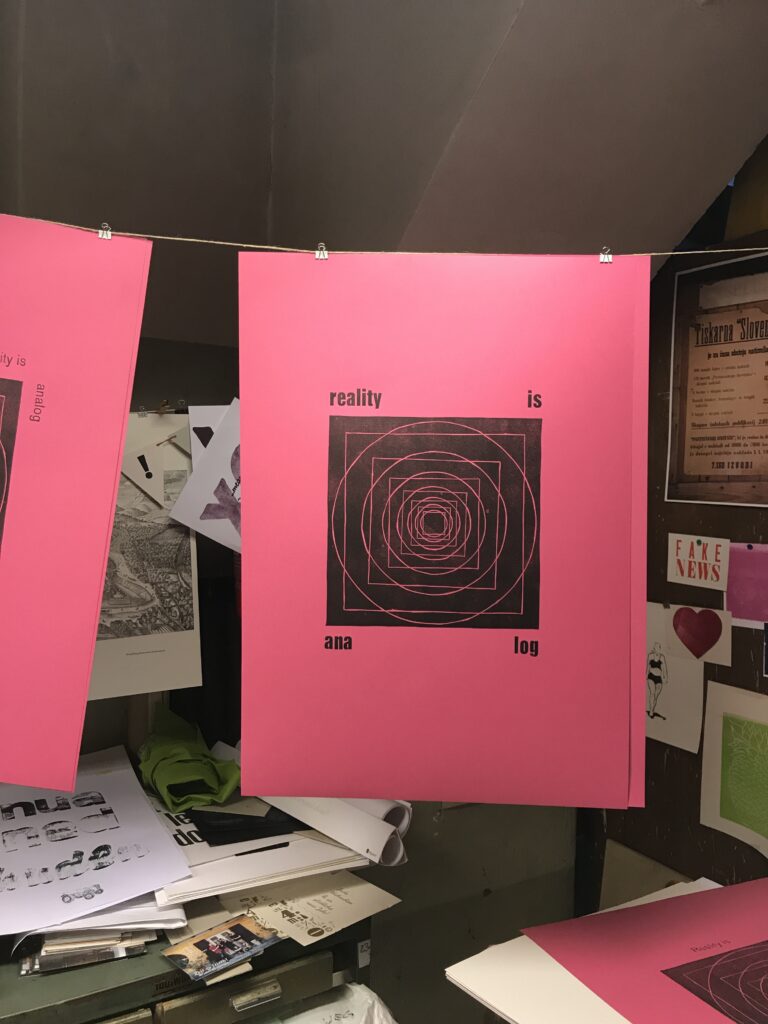Survey Part 02
The following post will examine the findings of my survey on the topic of joyful design. The goal of this survey was to outline characteristics and/or differences in perception of joyful design/a joyful object.
Method: Interview/Survey
Goal: Find characteristics and/or differences in perception of joyful design.
Number of Participants: 10
Age: 23—65
Question 01:
Which possession is of most importance to you?
4x Photo Album
2x Plush Toy
1x Casket (gift from great-grandma)
1x Pendant
1x Posters, Books
1x Camera
According to my previous research I decided to group the results as follows:
8x Symbolic Meaning through Memories / Nostalgia / Positive Relations (Photo Album, Plush Toy, Casket, Pendant)
2x Hedonic View (Posters, Books)
1x Symbolic Meaning of Mastery (Camera)
Question 02:
Why is the possession of most importance to you?
5x Memories / Nostalgia (Family, Friends, childhood)
2x Pleasure
1x New Experiences, Adventure
1x Guard, Trust
Question 03:
Which possession makes you especially happy?
1x Passport
1x DIY Plantpot
1x Cats
1x Plants
1x Rings
1x Horn
1x Collection of Music records
1x House
1x PC
According to my previous research I decided to group the results as follows:
2x Hedonic View (DIY Plantpot, Collection of Music records)
2x Human Need of Responsibility / Self-Confidence (Plants, Cats)
1x Symbolic meaning of Purpose in Life (Horn instrument)
1x Symbolic meaning of Mastery (Pc)
1x Symbolic Meaning of Personal Growth (House)
1x Symbolic Meaning of Autonomy (Passport)
1x Symbolic Meaning through Memories / Nostalgia / Positive Relations (Rings)
Question 04:
Why does it make you happy?
1x Memories (Life, Study time, youth)
1x Freedom
1x Trust, Connectivity
1x Pleasure
1x Inspiration
1x Confidence
1x distraction from daily life
1x personal growth
Throughout the survey, the theories of my previous research got confirmed. The main reasons why a possession was chosen to be important is symbolic meaning through memories (nostalgia) and the symbolic meaning of positive relations. However, symbolic meaning through memories (nostalgia) and the symbolic meaning of positive relations were not necessarily connected to the feeling of joy. Possessions that were connected with happiness were objects which can be described with the “hedonic view” and the human need of taking responsibility (as mentioned in my blogpost “Possibility Driven Design”).
Hedonic View [1]
The focus is on happiness that stems from savoring life’s pleasures. This requires an ability to enjoy beautiful sunsets, a delicious meal, a warm bath and good company. Hedonic happiness arises from the experience of positive feelings, per se. It involves not only the pursuit of activities that are pleasurable, but also the pursuit of one’s ability to truly enjoy these activities. In other words, becoming happier does not necessarily require more pleasurable activities, but can also be realized by taking more pleasure in our activities.
Symbolic Meaning through Memories [2]
[…] the literature of industrial design suggests that symbolic meaning can arise through memory retrieval and associations (Desmet & Hekkert, 2007) and seems to be one of the determinants of product attachment (Mugge et al., 2008; Schifferstein & Zwartkruis-Pelgrim, 2008). Consumer behavior research shows that symbolic meaning is important to users mainly because they want to maintain, enhance and express their identity and ideal image of themselves. It has been shown that symbolic meaning arises when products support user values (Allen, 2006). The sociological literature suggests that the goal can also be a feeling of communion (Cova, 1997).” —Kujala, S. / Nurkka, P.
Symbolic meaning of positive relations with others [3]
possessions that represent meaningful affiliations which provide a sense of belongingness
Survey:
https://docs.google.com/forms/d/e/1FAIpQLSe9bs06weEihFmH5nQdUv-5maDB3wymeLUoHY63TRp4ITTABw/viewform?usp=sf_link
Sources
[1] Desmet, Pieter / Hassenzahl, Marc: Towards Happiness. Possibility-Driven Design. Delft University of Technology 2012. URL: https://www.researchgate.net/publication/233850646
[2]Kujala, S. / Nurkka, P. (2012). Sentence Completion for Evaluating Symbolic Meanin. URL: https://www.researchgate.net/publication/286834130_Sentence_Completion_for_Evaluating_Symbolic_Meaning
[3]Extending product life by introducing symbolic meaning: an exploration of design strategies to support subjective well-being. URL: https://www.researchgate.net/publication/281119272_Extending_product_life_by_introducing_symbolic_meaning_an_exploration_of_design_strategies_to_support_subjective_well-being?enrichId=rgreq-33f579a37ee576710a6f476dd27eeece-XXX&enrichSource=Y292ZXJQYWdlOzI4MTExOTI3MjtBUzoyNjQ5MjM2MjQyNDMyMDJAMTQ0MDE3NDEyMjYyMA==&el=1_x_3&_esc=publicationCoverPdf





